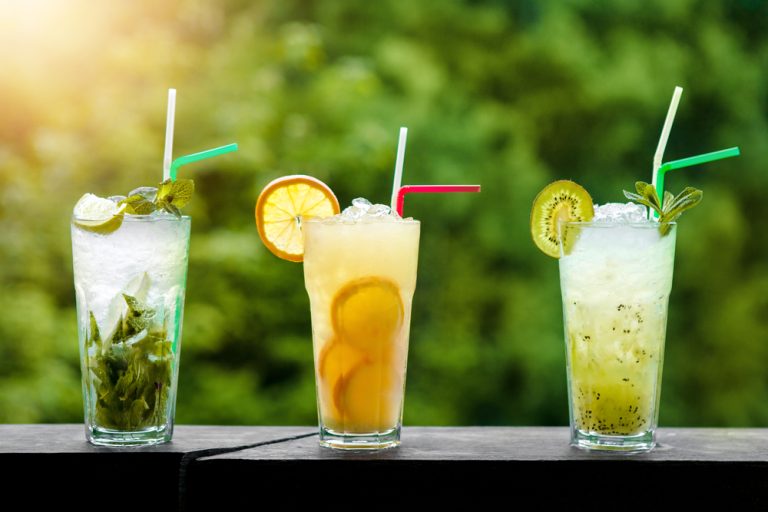Despite having differing theories about the root causes of substance use disorders, most researchers would agree that substance abuse is, to some extent, a learned behavior. Beginning with Becker’s (1953) seminal work, research has shown that many commonly abused substances are not automatically experienced as pleasurable by people who use them for the first time (Fekjaer 1994). For instance, many people find the taste of alcoholic beverages disagreeable during their first experience with them, and they only learn to experience these effects as pleasurable over time. Expectations can also be important among people who use drugs; those who have greater expectancies of pleasure typically have a more intense and pleasurable experience. These expectancies may play a part in the development of substance use disorders (Fekjaer 1994; Leventhal and Schmitz 2006). Because of this, neurobiology is a critical level of analysis for understanding addiction, although certainly not the only one.
The attribution of causality can be used to blame the patient for his or her illness (“If only he had not smoked so much.…”), and also may have the power of suggestion and might actually worsen the patient’s condition (“Every time there is a fight, your dizziness worsens, don’t you see?”). Teens are especially vulnerable to possible addiction because their brains are not yet fully developed—particularly the frontal regions that help with impulse control and assessing risk. Pleasure circuits in adolescent brains also operate in overdrive, making drug and alcohol use even more rewarding and enticing. To add to that, repeated use of drugs can damage the essential decision-making center at the front of the brain.

AA and NA are not for everyone, and a number of reasons have been given by individuals who left these programs voluntarily while still in recovery (e.g., the emphasis on religiosity; Kelly et al., 2011). Fortunately, many other continuing care programs are available that provide similar sets of social-network-based metacontingencies to promote long-term abstinence (e.g., SMART, LifeRing, Refuge Recovery/Recovery Dharma, SOS, Women for Sobriety). All of these organizations have taken the basic principles of recovery used by AA and NA and adapted them to targeted populations, giving individuals https://thealabamadigest.com/top-5-advantages-of-staying-in-a-sober-living-house/ additional options when making the transition to recovery. It is only natural that any discussion of human behavior regarding psychoactive drugs go back to some of the first recorded writings about how we allocate our behavior – particularly under conditions in which we can choose what is right, good, and virtuous versus what is misguided, evil, and self-defeating. These issues were central to many of the discussions contained in dialogues from ancient Greece. Humankind has always been intellectually curious as to how we understand ourselves and how we relate to one another.
In effect, this process may limit autonomy as it allows for “preference reversals” (Levy 2007a) to occur in situations where an individual would rather not use. Despite their flaws, Engel’s concept-shifting arguments have become a part of the wider BPSM discourse. For example, as discussed in this article’s online Appendix, Maltzman argues that, due in part to “developments in biopsychosocial medicine,” a disease can be defined as a syndrome or cluster of biological and psychosocial problems; on this basis, “alcoholism is a disease” Sober House (Maltzman 1994, 13–15). The Appendix’s discussions of alcoholism, chronic pain, and chronic fatigue syndrome provide further examples of BPSM researchers using concept-shifting arguments to frame these maladies as diseases or disease equivalents. Moreover, Engel fails to recognize that redefining disease as illness imposes an enormous burden on him, which he fails to meet. Disease so-defined—essentially, all human suffering involving known or presumptive biological, psychological, and social factors—is clearly a vast phenomenon.
